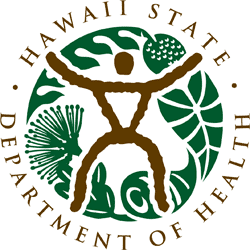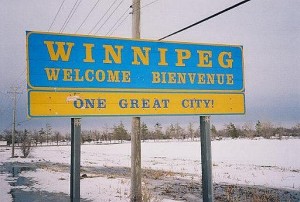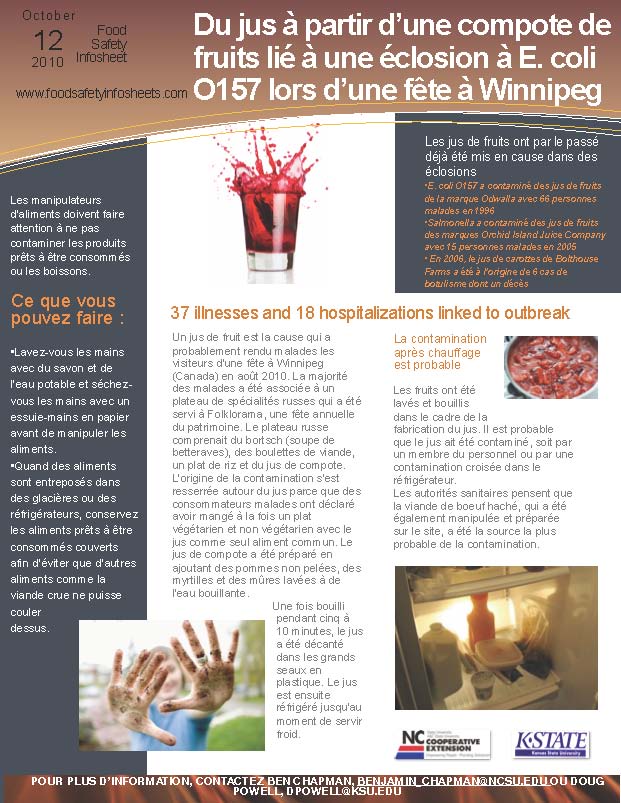Kevin Rollason of the Winnipeg Free Press reports a 14-year-old Winnipeg youth has been awarded more than $2.5 million after eating ground beef tainted with deadly E. coli bacteria and being left to live with multiple disabilities and unable to look after himself for the rest of his life.
 Justice Lori Spivak, of Manitoba Court of Queen’s Bench, approved the settlement in an order last month, which had been reached earlier between the boy’s family, the province’s Public Trustee, grocer Westfair Foods, and meat processor XL Foods.
Justice Lori Spivak, of Manitoba Court of Queen’s Bench, approved the settlement in an order last month, which had been reached earlier between the boy’s family, the province’s Public Trustee, grocer Westfair Foods, and meat processor XL Foods.
“The events were quite tragic,” Chris Wullum, the family’s lawyer, said on Thursday.
“The hamburger meat he consumed left catastrophic injuries. The family is pleased that a fair settlement was reached that will allow them to look after him.”
The boy, who is a permanent ward of Metis Child and Family Services, was just two in 2004 when his mother fed him Hamburger Helper with ground beef she had bought at the Superstore on McPhillips Street.
The mother got sick, but her son became severely ill and had to be hospitalized. He needed a kidney transplant and he suffered a massive stroke in his middle cerebral artery, leaving him with severe spastic quadriplegic cerebral palsy and permanent cognitive impairments. Doctors didn’t know if he was going to survive during the first couple of years.
The Canadian Food Inspection Agency launched a recall of ground beef products in August 2004 after two people in Manitoba were poisoned with E. coli bacteria the month before. A Public Health Agency of Canada report later that year said 27 people became ill after consuming beef tainted with the same strain of E. coli.
Court documents said the agency tested frozen ground beef, still in the family’s freezer, and found it was contaminated with that strain of E. coli.
The boy became a permanent ward of Winnipeg Child and Family Services because the mother couldn’t look after him with all of his special needs, but he has since been transferred to Metis CFS and he has been living with his grandparents since 2009.
The settlement also saw XL Foods drop its counter lawsuit against the boy’s mother, in which it claimed she had been at fault for not cooking the ground beef properly.
 Golden West Centennial Lodge executive director Joyce Kristjansson told staff and families in an email on Tuesday morning it had given residents cream puffs that are now on the recall list.
Golden West Centennial Lodge executive director Joyce Kristjansson told staff and families in an email on Tuesday morning it had given residents cream puffs that are now on the recall list. 






.jpg) weren’t known until a few years later.
weren’t known until a few years later. • En 2006, le jus de carottes de Bolthouse Farms a été à l’origine de 6 cas de botulisme dont un décès
• En 2006, le jus de carottes de Bolthouse Farms a été à l’origine de 6 cas de botulisme dont un décès.jpg) Lávese y séquese las manos con jabón, agua potable y toallas de papel antes de tocar alimentos.
Lávese y séquese las manos con jabón, agua potable y toallas de papel antes de tocar alimentos.